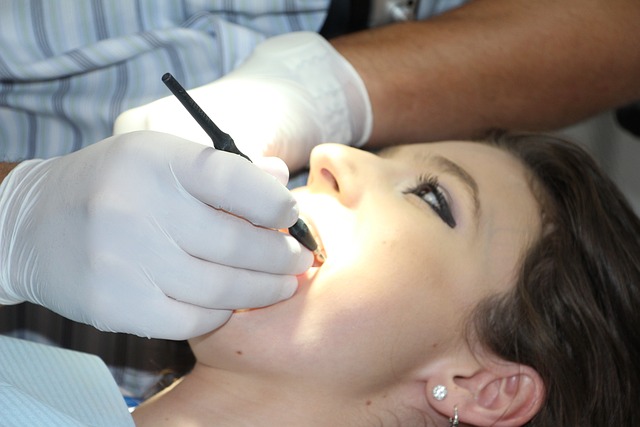Porcelain Crowns vs. Zirconia
Modern dentistry is ready to help every person who, for various reasons, has lost a tooth or several. The best way to restore physiological functions and a healthy smile is crown prosthetics. One of the most popular options is porcelain crowns and zirconium models. What is the fundamental difference between them? Which crowns are best to choose? We will talk about this further.
Advantages and Disadvantages of Porcelain Crowns
As a rule, porcelain columns are intended for single prosthetics. For their manufacture, one of the following technologies is used:
- Injection molding of porcelain mass under high pressure and temperature; ● Layer-by-layer application of porcelain, followed by firing using specialized equipment. The production technology of porcelain crowns directly affects the duration of their service. Many experts consider pressed structures more reliable and durable. They are characterized by high stability and minimal likelihood of chips and other deformations.
The benefits of porcelain crowns include:
- Maximum approximation to the appearance of enamel. The optical properties of porcelain make it virtually indistinguishable from natural teeth.
- Preservation of aesthetic characteristics. Porcelain crowns do not turn yellow, do not darken, and retain their original luster.
However, porcelain crowns also have disadvantages. They can be used only for single prosthetics. It is impossible to make bridges using porcelain structures.
Another disadvantage of these dental solutions is the high cost. But the final result justifies all financial investments.
Zirconia Crowns: Main Features
This type of crown is made from zirconia. It belongs to the highest quality modern materials that can be used to form single and bridge prostheses.
Zirconia crowns have two layers. The inner layer is a strong frame made of zirconium dioxide. The outer layer is a porcelain structure securely fixed on the surface of the frame. Zirconia crowns are strong and durable. They have a reliable frame that can withstand loads throughout the entire life cycle. The appearance of the structures is as close as possible to natural enamel due to the light-transmitting properties of the materials.
In addition to aesthetic characteristics, zirconium crowns attract patients with their installation accuracy. A specific technology minimizes the likelihood of developing inflammatory processes and caries around the prosthesis.
The process of manufacturing zirconia crowns includes the following steps: ● Preparation of the oral cavity for prosthetics (treatment of caries on neighboring teeth, treatment of dental canals, replacement of fillings, etc.);
- Grinding of supporting teeth by the parameters of the crown;
- Scanning of teeth to form a 3D model of the prosthesis;
- Creating a crown using an automatic milling machine;
- The firing of a zirconium framework for giving of durability;
- Layer-by-layer application of porcelain with surface coating with a coloring composition and final firing.
Conclusions
Both porcelain and zirconia crowns have their advantages and disadvantages. The choice depends on the patient’s characteristics and financial capabilities.
Many patients who are on a budget choose zirconia dentures. They become the best solution in terms of price and quality, guaranteeing durability and aesthetics. However, for zirconia prostheses to fully meet expectations, it is necessary to carefully prepare the oral cavity for the prosthetics procedure.

